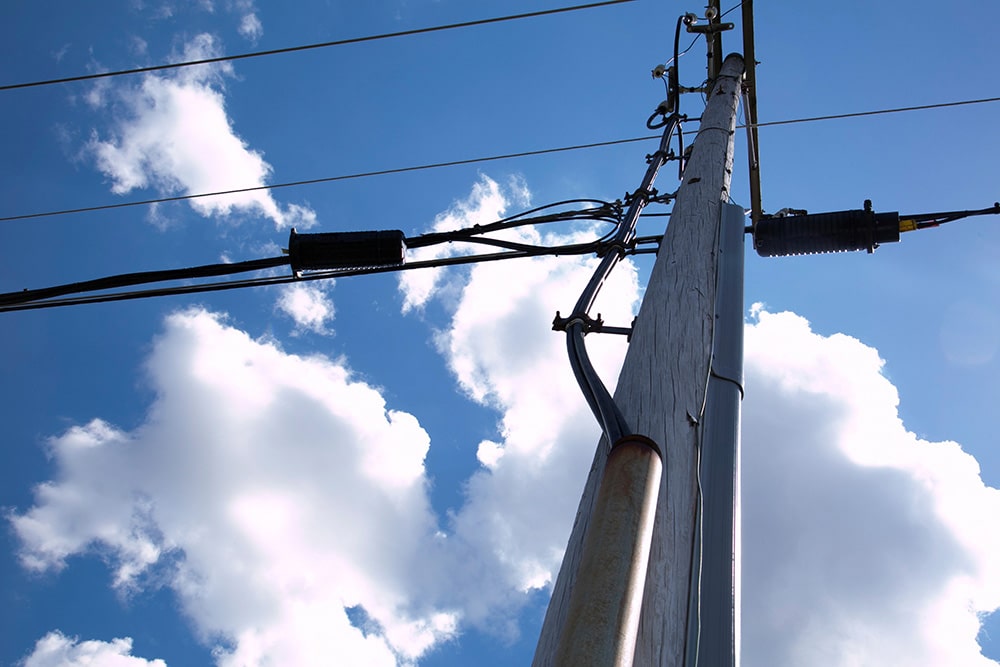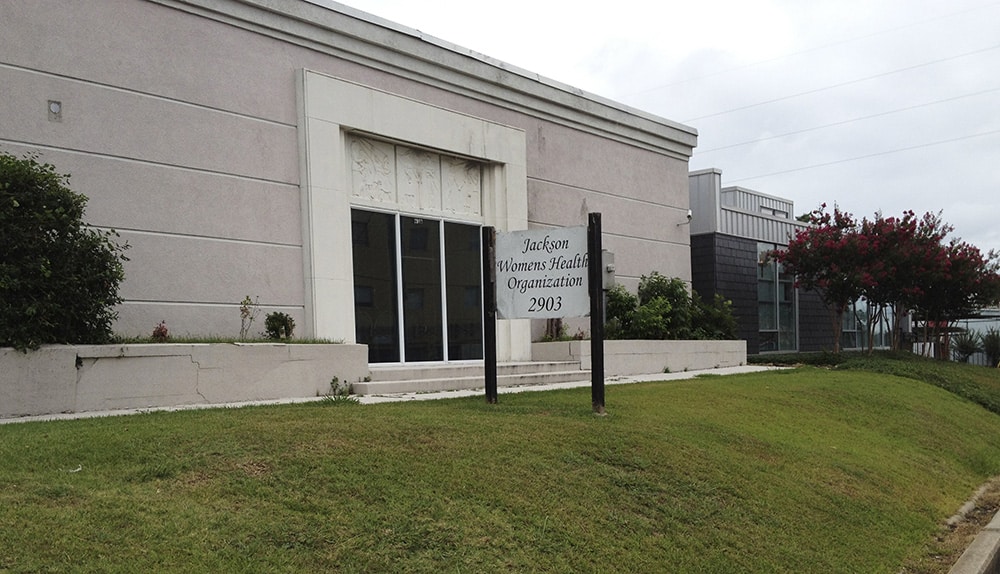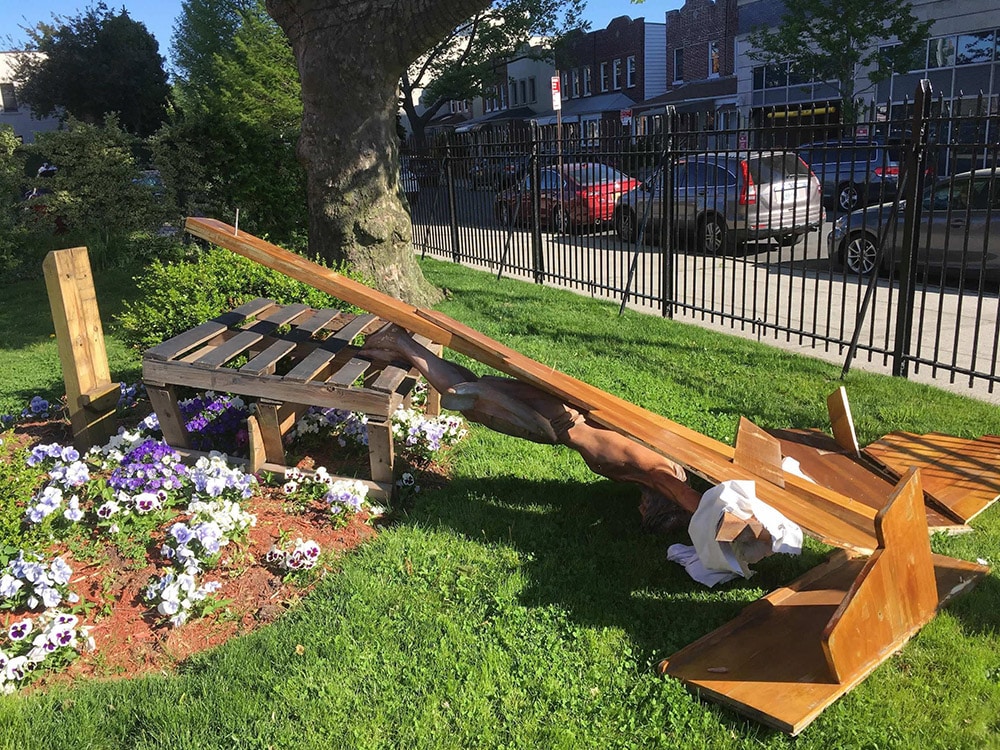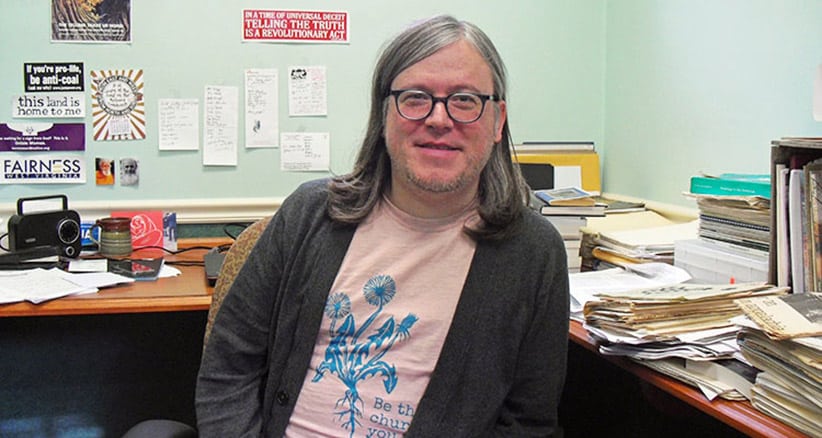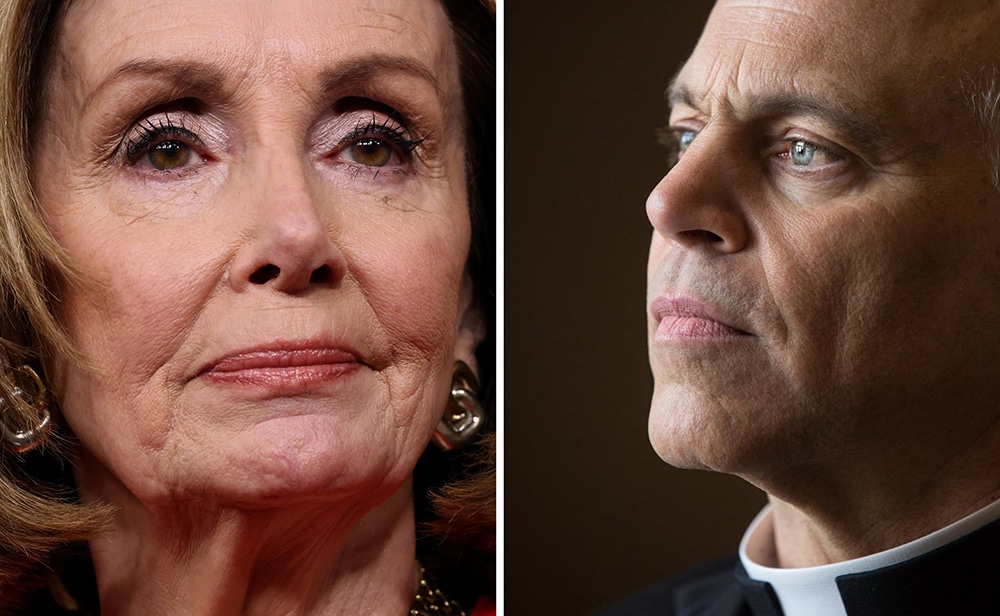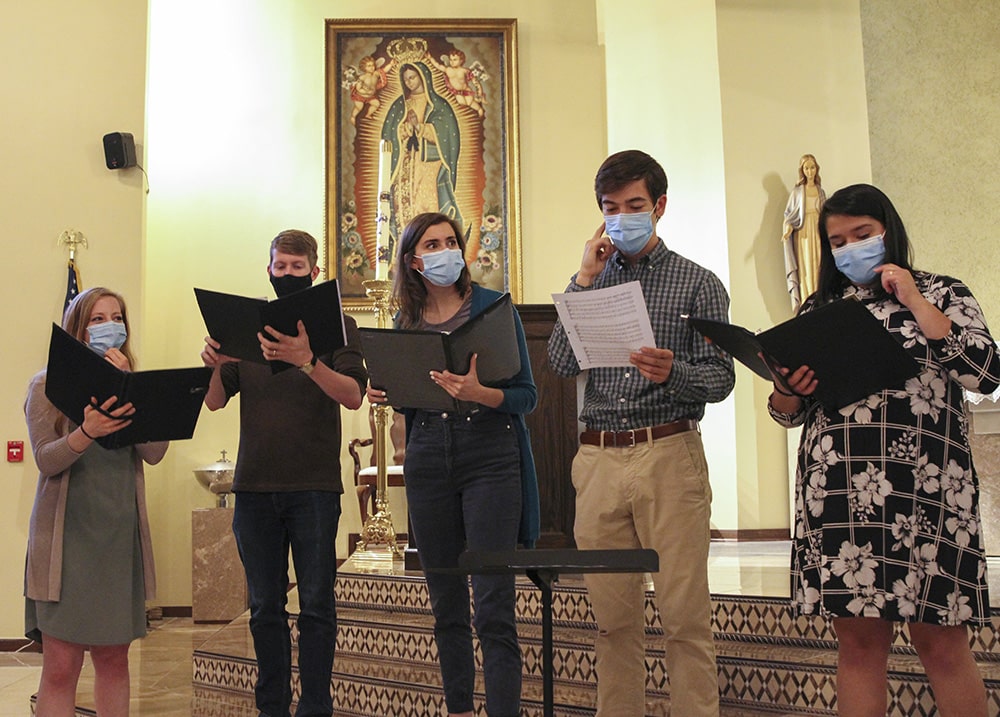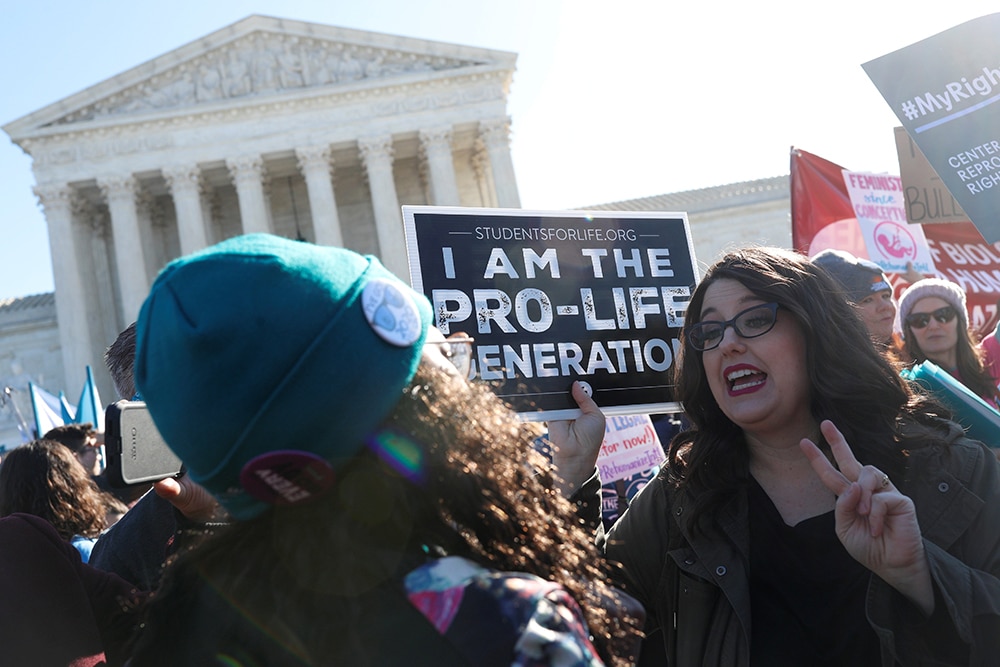WASHINGTON (CNS) — As more Americans see internet connectivity for their homes every bit as essential as water, heat, electricity and telephone service, Congress has stepped in to give some of the nation’s most cash-strapped households a hand.
Called the Emergency Broadband Benefit, or EBB, the subsidy will pay $50 of a household’s monthly internet service bill in the form of a direct payment to the internet service provider until the $3.2 billion allotment runs out. And already there are calls to add more money to the pot. The benefit is $75 for those living on tribal lands.
The coronavirus pandemic exposed the digital divide, especially as education shifted to an all-online model. Many students were left behind because their home internet service was lousy.
Some students and their families ginned up workarounds, like parking their car near a library or a fast-food joint that offered free Wi-Fi service. Many schools tried to fill that gap by providing weekly paper packets of work and activities for pupils, especially those in the early grades. But other students seemed to have disappeared altogether.
According to the Pew Research Center, 93% of adults use the internet but only 77% of adults have a broadband connection at home.
A household is eligible for the EBB program if a member of the household meets just one of the following five criteria:
— Is unemployed or experienced a substantial loss of income after Feb. 29, 2020, or if it has a layoff or furlough notice, and can document having applied for unemployment insurance benefits.
— Is a current Pell Grant recipient.
— Is approved to receive benefits under the reduced-price or free school lunch program.
— Is eligible for the Federal Communication Commission’s existing Lifeline low-income discount program; participates in other assistance programs, such as Medicaid or the Supplemental Nutrition Assistance Program; or has an income at or below 135% of the federal poverty guidelines, https://aspe.hhs.gov/poverty-guidelines.
— Or is eligible for an existing low-income internet plan from their internet company.
The program officially opened May 12. It was authorized by Congress earlier this year as part of the American Rescue Plan.
Eligible households can enroll through a participating broadband provider or directly with the Universal Service Administrative Co. using either an online or mail-in application.
Eligibility and enrollment information about EBB can be obtained by calling (833) 511-0311 or visiting www.fcc.gov/broadbandbenefit.
There are five general purposes for which American Rescue Plan funds may be used. One of those allows governments to “invest in water, sewer and broadband infrastructure, making necessary investments to improve access to clean drinking water, support vital wastewater and stormwater infrastructure, and to expand access to broadband internet,” said Kevin Taglang, executive editor for the Benton Institute for Broadband & Society, in a May 14 essay.
But more American Rescue Plan funds could be used for broadband. The Coronavirus State Fiscal Recovery Funds provide $195.3 billion to the 50 states and the District of Columbia. A provision of the Coronavirus Local Fiscal Recovery Funds provides another $65.1 billion to counties.
Expanded broadband also is part of President Joe Biden’s proposed $2.3 trillion American Jobs Plan, which also takes in roads and bridges as well as boosting electric vehicles and semiconductor chip manufacturing.
The idea of expanded broadband seems to have captured the imagination of those who can supply it.
Arizona Gov. Doug Ducey signed a bill May 10 into law expanding broadband access in the state. The new law allows the installation, operation and maintenance of telecommunications equipment within the Arizona Department of Transportation’s rights-of-way by private broadband providers.
According to the National Conference of State Legislatures, Arizona is one of 47 states, along with the District of Columbia and Puerto Rico, to have pending legislation addressing broadband access.
During a May 13 conference call on rural broadband build-out, CostQuest, a telecom and broadband consulting firm, estimated about 14.5 million U.S. homes do not have fiber broadband or cable broadband available to them and that the typical cost to bring fiber to those homes is about $6,000 per home, adding that for the costliest 2% of homes, it would cost over $60,000 each to reach with fiber.
While those numbers may not be attractive to businesses, Fiber Broadband Association president and CEO Gary Bolton said that, by comparison, it costs the U.S. government $69,000 each year to house a prisoner.
Ernesto Falcon, senior legislative counsel for the Electronic Frontier Foundation, pointed to the experience of a Utah internet firm that says it needs one technician per 1,000 homes to support copper infrastructure, but only one technician per 10,000 homes to support fiber.
Tom Rutledge, CEO of Charter Communications, said at a May 12 investor conference that rural broadband build-out is not going to be easy, even after Charter won $1.2 billion in December in Phase I of the FCC’s Rural Digital Opportunity Fund auction meant to bulk up broadband deployment across 24 states.
“Physically getting it done is a big deal,” Rutledge said. “Getting a labor force in the markets where we’re going to be is going to be difficult. The skill sets don’t exist.”
“Clearing the poles and getting make-ready done is actually a big deal because the utility companies that exist in the rural areas don’t have the staff or the capabilities to get the work done,” he added. “And so, it’s going to take time to build it out.”
At the same investor conference, Comcast CEO David Watson said the company added 2.5 million new residential and commercial passings with fiber over the past three years, stating this was a pace it aimed to maintain. Watson said the bulk of the build-out was already within the “footprint” where Comcast had previously established internet service.
While future growth is “obviously tied to stimulus opportunities,” he added, “we’re going to be there in terms of growth opportunities, for sure.”
Also May 12, Cox Communications said it was permanently doubling the internet download speed for its low-cost internet “Connect2Compete” customers. The boost was installed on a temporary basis in March 2020, when the pandemic was declared.
“We didn’t hesitate to raise our hand and participate in the Emergency Broadband Benefit program,” said Pat Esser, Cox president and CEO. “In fact, we have already reached out to thousands of customers that we believe qualify for this discount to bring awareness of the program so as many customers as possible can take advantage of the subsidy.”

